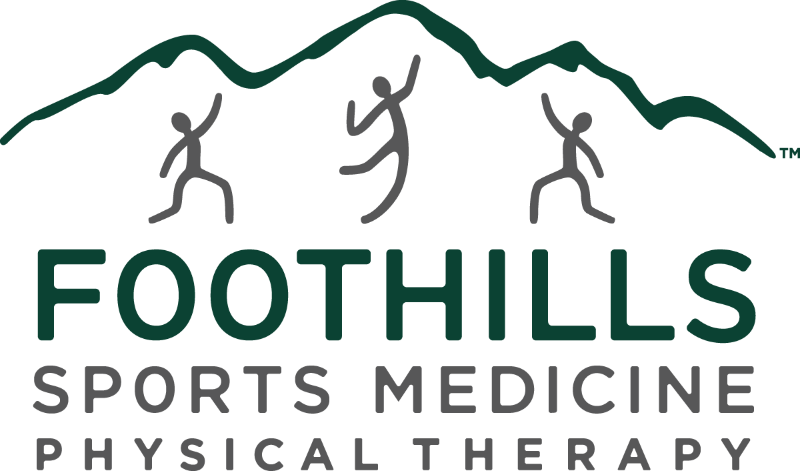We often ask ourselves, ‘can we do more for our patients?’ We introduced blood flow restrictive (BFR) therapy a couple weeks ago to respond, “Yes,” to that question. After reviewing the research and talking with athletes and clinics using BFR throughout the country, it was a treatment that we felt we had to bring to our clinics.
We have a passion for rehabilitating athletes and have helped countless athletes recover from ankle and knee injuries. Many of those athletes are females who struggle to regain muscle size and density after injury and particularly after surgery. If you are recovering from a knee or ankle injury this blog will explain why and how BFR will help you get back to the game you love.
Female athletes are more likely to get injured
Female athletes are 2 to 8 times more likely to suffer non-contact anterior cruciate ligament knee injuries in running and cutting sports such as soccer, basketball, volleyball, and gymnastics. The same mechanism of injury can also result in meniscal tears or a medial collateral ligament tear. Often these injuries become surgical cases.
The surgical advancements and recovery on all levels over the last 30 years are amazing: athletes whose careers would have been over after an ACL tear are now are able to return to a high level after surgery. However, while the procedures are less invasive and cleaner, there are still massive challenges in the rehabilitation process.
Muscle loss occurs after an injury or surgery
One of the greatest challenges after an injury or surgery is regaining muscle size and strength. While this is challenging for males recovering from injury and surgery, females have a greater challenge.
Healthy males naturally have high levels of muscle-building testosterone and growth hormone to restore muscle size compared to the female body that has less of both. Compared to men, women have more of a challenge when trying to regain muscle function after injury or surgery.
After surgery, it takes about three days of disuse to begin losing muscle size. The muscle shuts down because it is really ticked off that the knee just went through a surgical process or injury. It is very typical to look down at one’s thigh muscles (quadriceps and hamstrings) within just a few short days after surgery and ask, “where did my muscles go?” or “is that my leg?’
Myostatin inhibits muscle growth
Why does your leg quickly lose muscle? Like I said, the body is unhappy with what it has had to go through. Consequently, it produces a hormone called myostatin that inhibits protein synthesis. The pesky myostatin tells the body not to rebuild muscle and promotes scar tissue around the muscle to limit the growth.
If you break a bone in your leg and are casted or are in a knee brace and not able to put the same amount of weight on your leg then your myostatin levels are running wild.
BFR stops myostatin and promotes muscle growth
Well, shoot, how do we stop myostatin and start the muscle building process? The only two ways that research has shown to inhibit myostatin are:
- High-intensity training (HIT) with heavy weight.
- Blood flow restricted (BFR) training with 30% of your one-repetition maximum weight.
Now you see why we needed to bring BFR training to our patients and athletes. Our rehabbing athletes initially can’t do HIT but they can do BFR. BFR training decreases the anti-muscle building hormone myostatin and increases the muscle building growth hormone. This is a double win to rebuild muscle after surgery and injury.
The results are just what the female athlete needs after knee surgery. The research is already excellent and more research continues to take place. A current clinical trial is studying the impacts of BFR on females recovering from ACL reconstruction.
BFR is a great addition to our toolbox
We have enjoyed helping many athletes return to the sports they love. Many of these have been female. But, some cases are really tough, especially when an athlete struggles to regain muscle mass. Because we care for our patients and strive to help them return to their sports, we are always looking for ways we can help. Our past results have been excellent, but I am excited to add another tool to incorporate into our rehabilitation toolbox, so we provide even better results moving forward.
Please reach out to us at our Gilbert-Mesa location at 480-505-8140 for more information on how BFR can benefit your ankle or knee injury therapy program. If the Gilbert-Mesa location isn’t convenient, we have many other locations to receive a personalized therapy program.




